A Jaguar still taking its owner’s breath away
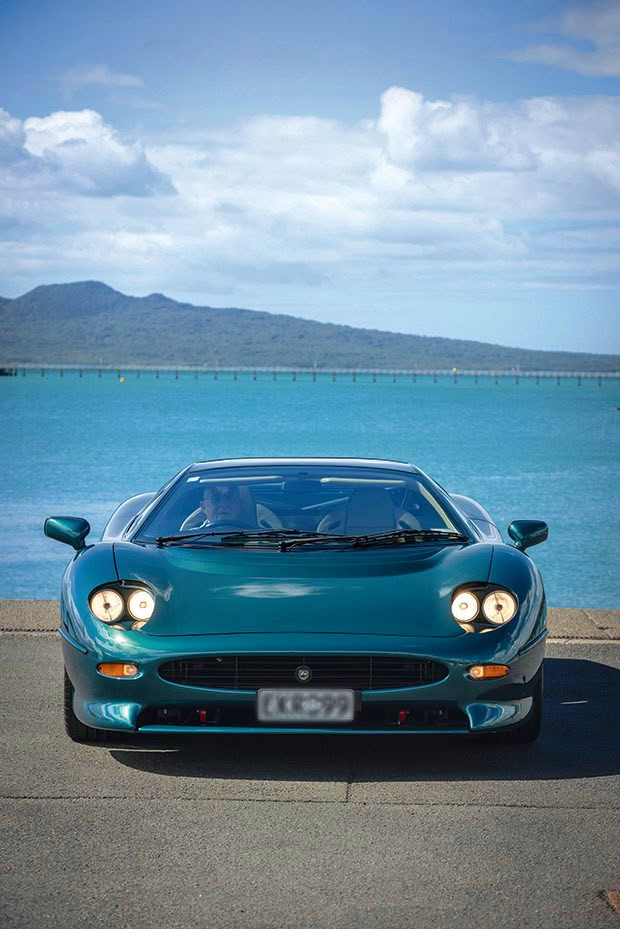
A rare hypercar lives out its retirement, seldom driven but much admired.
Words: Jane Warwick Photos: Tessa Chrisp
The American artist Georgia O’Keeffe found she could say things with colour and shapes that she couldn’t say any other way — things she had no words for. The same could be said of Rod Sullivan, that the colour (a rare Silverstream Green) and shape of his prized 1994 Jaguar XJ220 and the fact that such a car is his can sometimes leave him without words.
Perhaps it is un objet trouvé, found art, kept and admired for its intrinsic beauty because, as a vehicle, it is rarely used, and that it exists is simply enough.
That’s not how Rod planned it, and for a while, it was not what it was. He first saw the marque in a car magazine nearly a decade ago, his eyes skidding to a stop at the picture of a vehicle smoothly sleek and acutely sharp. “Whoa!” he thought. “I want that!”
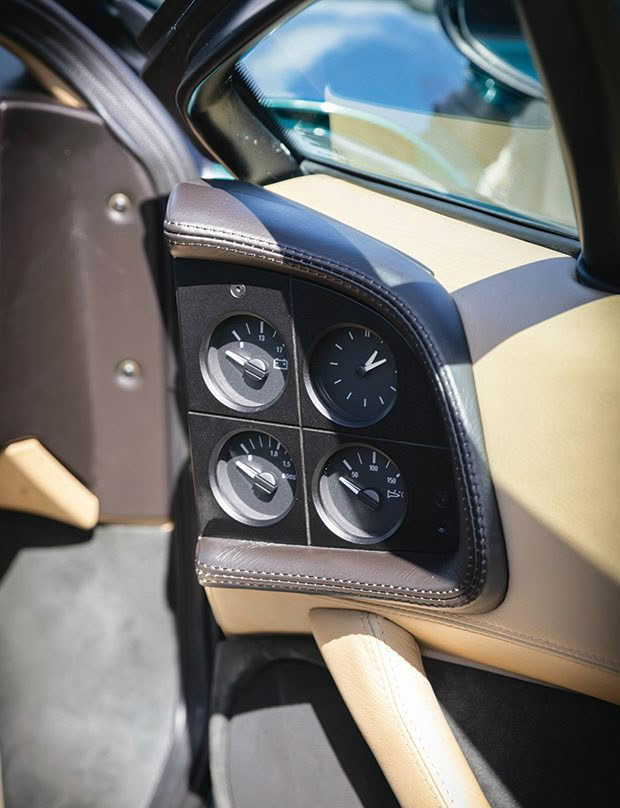
According to the article, the vehicle was at Don Law Racing in England, Rod’s first introduction to this man, who is now a firm friend. Don is the doyen of XJ220s, the only person (figuratively) in the world who can adequately service this car and a story in himself.
“I was so excited about the car, and I emailed Don,” remembers Rod, “But I was too late — several years too late as the car had long been sold. Interestingly, that car had been ordered by Colin Giltrap [now Sir Colin and founder of arguably Aotearoa’s first luxury car dealership, Monaco Motors in Hamilton in 1966]. But someone had put up their hand for it before it was even shipped to New Zealand.”
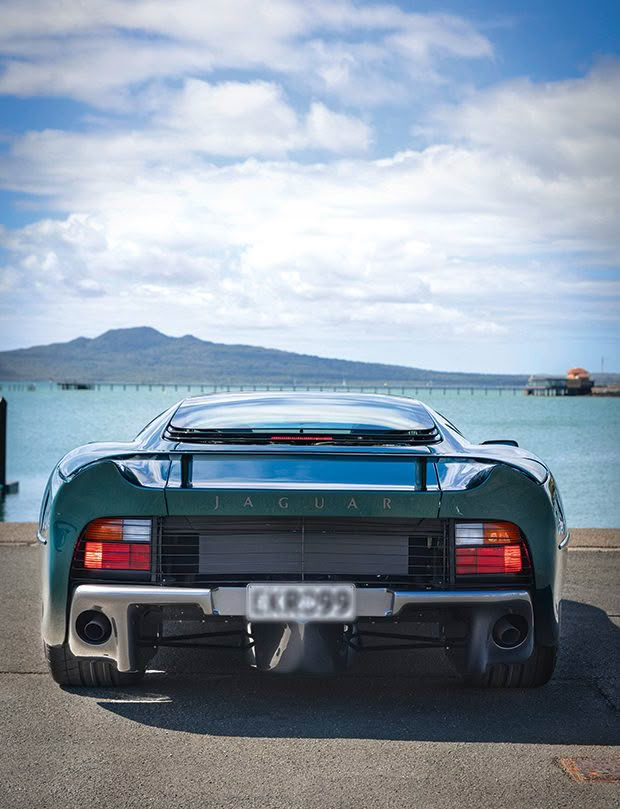
That someone lived in Singapore, where the car registration cost is extreme. Despite being a production car, the XJ220’s excessive speed made it a luxury vehicle by Singaporean legislation, and registration and associated taxes and fees today would be S$80,000 (nearly $100,000). Back then, it wasn’t quite so much, but it was still an expense proportionate to the current cost of living.
This, then, was the vehicle’s first spell as un objet trouvé because it sat in a garage for a decade, never registered nor driven. Sadly, the owner became ill and sent the vehicle back to Don Law in Staffordshire to be sold.
This was just seven or eight months after Rod’s initial enquiry, and he was excited when he saw it had been re-listed. He retrieved Don’s email address.
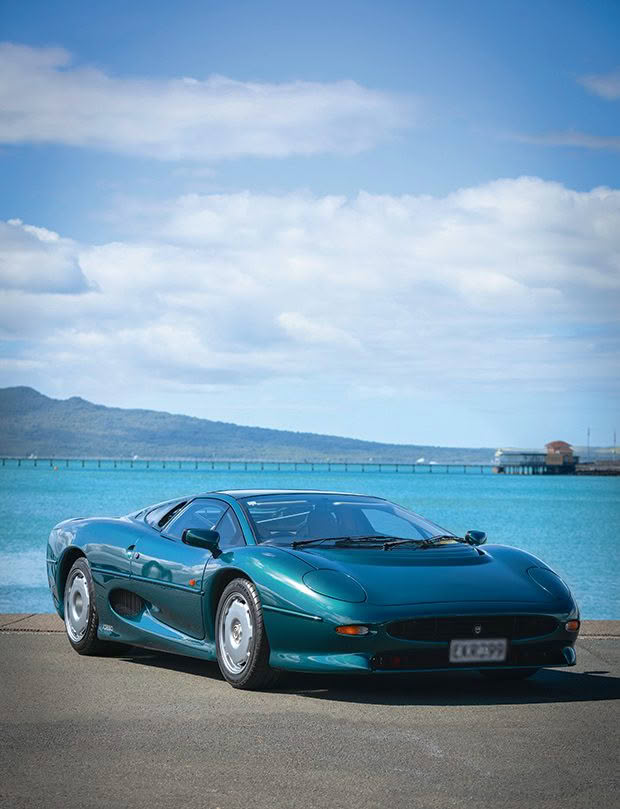
Don told him the owner was looking for an offer. Rod did some research and came up with a figure, which was agreed upon. “It was accepted so quickly that I decided I must have been overly generous, but what did it matter in the end? The car I was fixated on was finally mine,” he laughs.
In those days, then-Auckland-based Rod was involved in the plastic extrusion business and travelled a lot, so it wasn’t too long before he was looking down on this magnificent vehicle in Staffordshire. It was even better than he thought, and he had thought it was practically perfect.
The XJ220, with its supercharged V6 engine, set sail for the Antipodes in the care of Aironaut, a New Zealand customs and brokerage company specialising in transporting precious things. Rod could hardly wait for the boat to arrive in Auckland, blithely unaware that the NZTA was about to pour some cold water on the whole deal.
In 1994, the XJ220 was the fastest production car in the world, clocking 217 miles per hour (nearly 350 kilometres per hour).
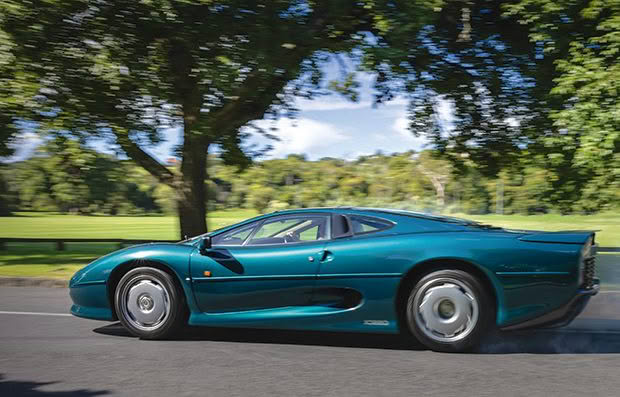
By 2005, when Rod’s vehicle arrived, it had been superseded, but the NZTA, mesmerised by the XJ220’s speedometer, was adamant the car was too fast for local roads and, therefore, could not be registered. Rod was discombobulated. There was a fair bit of discom and quite a lot of bobulated because where do you start to formulate an answer, a question, a protest, to legislation like that? All modern cars in Aotearoa can go much faster than they are allowed — even “shopping basket” cars can easily leap the speed limit.
Clearly, “NZTA guy” wasn’t going to back down. But every successful organisation has a subversive element — that one person who has a sense of the ridiculous, a disdain for the penning of ludicrous and official language, that one person who can cut through all the chaff and see out into the street where special cars are panting to be driven.
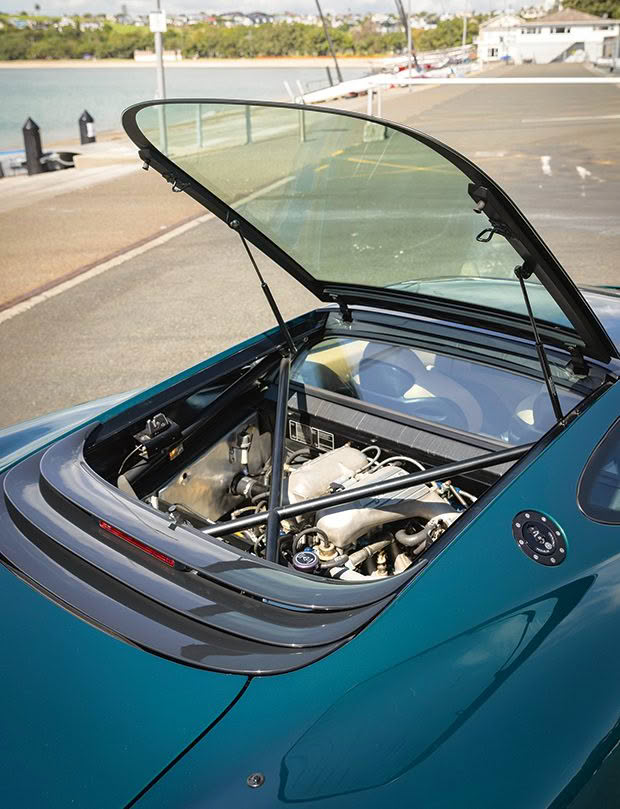
For Rod, it was a soon-to-retire NZTA inspector who was on the side of the car and against time-wasting petty bureaucracy. And besides, the chap wryly admitted, he was so close to retirement he had nothing to lose. Rod also had a friend who was a judge, and she was itching to go into a battle against the ridiculous — she did it all the time. But she didn’t need to — the NZTA elder statesman came through.
And what about that NZTA stickler and his speed anxiety? Rod says he has never actually driven the vehicle to its full capability, even when he was a contestant in the Adelaide Rally classic car division.
Getting to Adelaide was easy: one of the sponsors — a shipping company — would deliver the cars and return them afterwards, and it didn’t have to be to the port of origin. On the first day of the rally, the XJ220 wouldn’t start. Rod took it to a local Jaguar dealer, who himself owned a classic XJ6, and the car was repaired.
Famous Australian racing car driver Sir Jack Brabham strolled over to look and declared the XJ220 the most beautiful car he had ever seen. The car responded by developing a leak and dumping oil all over the road. Rod took it to another local garage, which usually repaired and prepared Holden race cars and, working to the wee small hours, got the car back onto the track. Rod promptly drove it into a bank. Exit the rally …
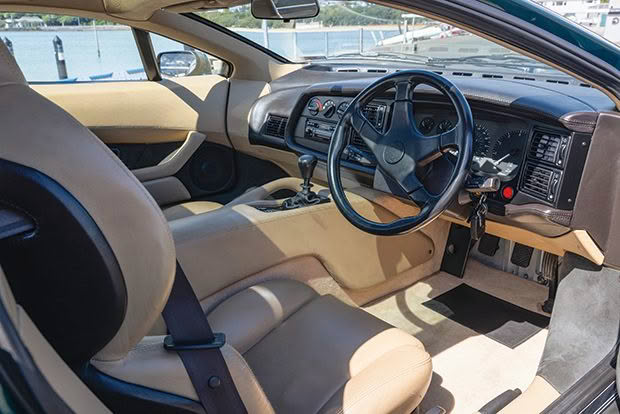
As per the shipping deal and despite the insurance company’s squawks about getting it repaired locally — “No fear!” spluttered Rod, getting in his own squawk — he sent the damaged car to a British port, back into the unique hands of Don Law Racing. In the interim years, Don had done a deal with Jaguar to collect all the spare parts for XJ220s he could. Even so, it took four long years for Rod’s vehicle to be fixed as Don did it outside his regular schedule.
The damage wasn’t as bad as it looked. It was just panel wounds, and as the XJ220 was constructed using aircraft technology, with the panels glued onto the vehicle and honeycomb technology inside, it was structurally sound.
When it finally sailed back into Auckland in 2010, Rod took the car to an East Tamaki lockup where it still lives. Now, he is semi-retired and domiciled on the Karikari Peninsula in the Far North. It is not the car for that terrain, with its hard suspension.
Rod bustles around Auckland in it sometimes, but he has never driven it anywhere near its capabilities and doubts if he has ever even had it out of third gear. It is also very long and takes up one-and-a-half car parks. But it is much admired by passers-by, and teenagers recognise it as the marque stars in a 3D racing game they play online.
For the rest of the time, it is that objet trouvé, a thing of beauty that is enough to simply exist and for Rod to know it is his. At home on the peninsula, the XJ220 is often on his mind and behind his smile, and to quote Georgia O’Keeffe once again, “You are one of my nicest thoughts.”
FAST CAT
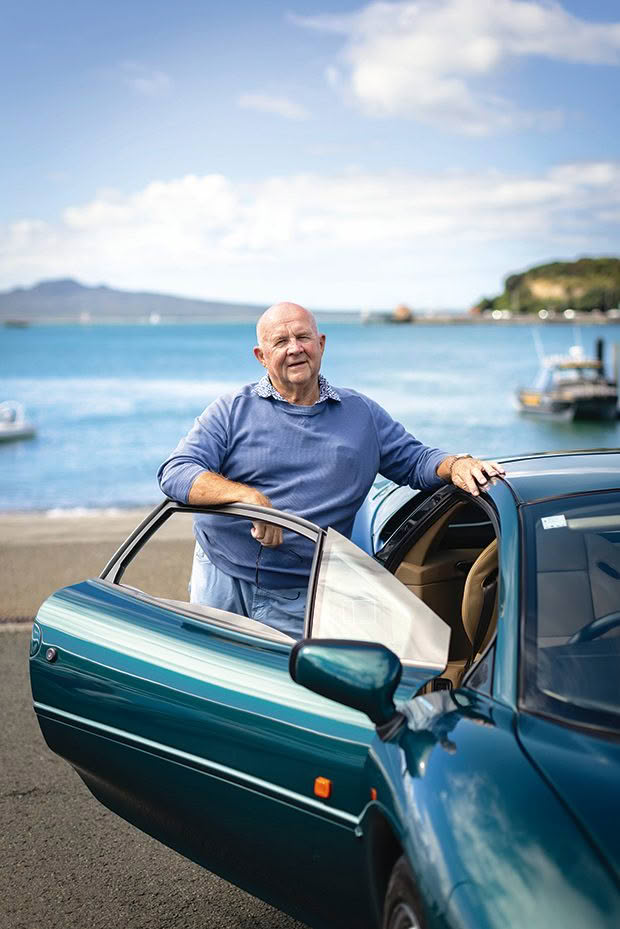
The idea for the XJ220 was dreamed up by a group of Jaguar designers and engineers who pottered around after work, making up what became known as The Saturday Club. The project wasn’t official, but Jaguar management was aware of it, so the group could access components and machining.
When the board chairman eventually saw the result, he was impressed, although he wasn’t sure what they could do with this sportscar for the road. But he gave the go-ahead to put the XJ220 into production.
The original idea was for a V12, 4WD. As a concept car, it got rave reviews when it was unveiled at the Motor Show in Birmingham in 1988, and prospective buyers put down £50,000 deposits for
what was expected to be a £450,000 vehicle. But, as sometimes happens with concepts, such a car would be impractical, and when the XJ220 finally hit the sales floor in 1991, it was a two-door V6, which upset many would-be owners.
In the end, Jaguar made 274 — only 64 as right-hand drives.
You can see Top Gear’s Freddie Flintoff putting the XJ220 through its paces on YouTube. In his second attempt, Freddie clocks up 220mph (354kmh).
 This article first appeared in NZ Life & Leisure Magazine.
This article first appeared in NZ Life & Leisure Magazine.
